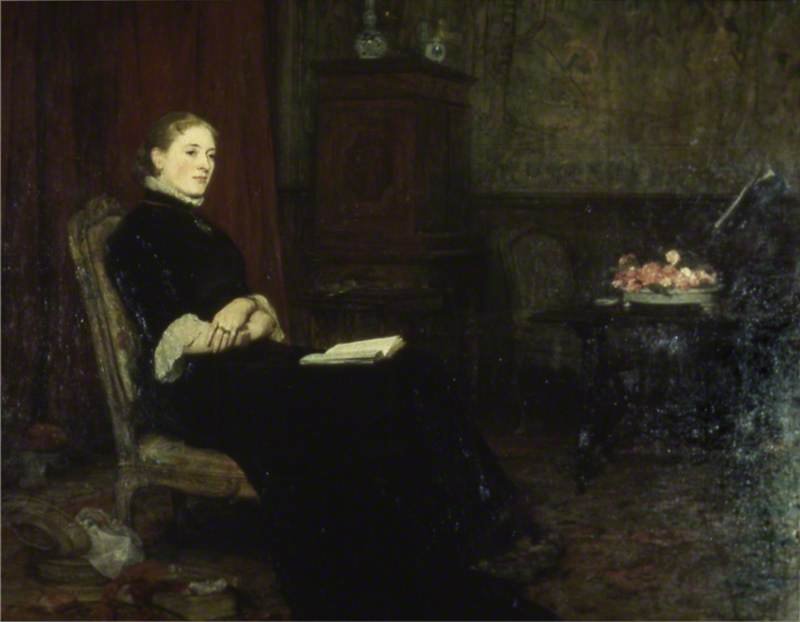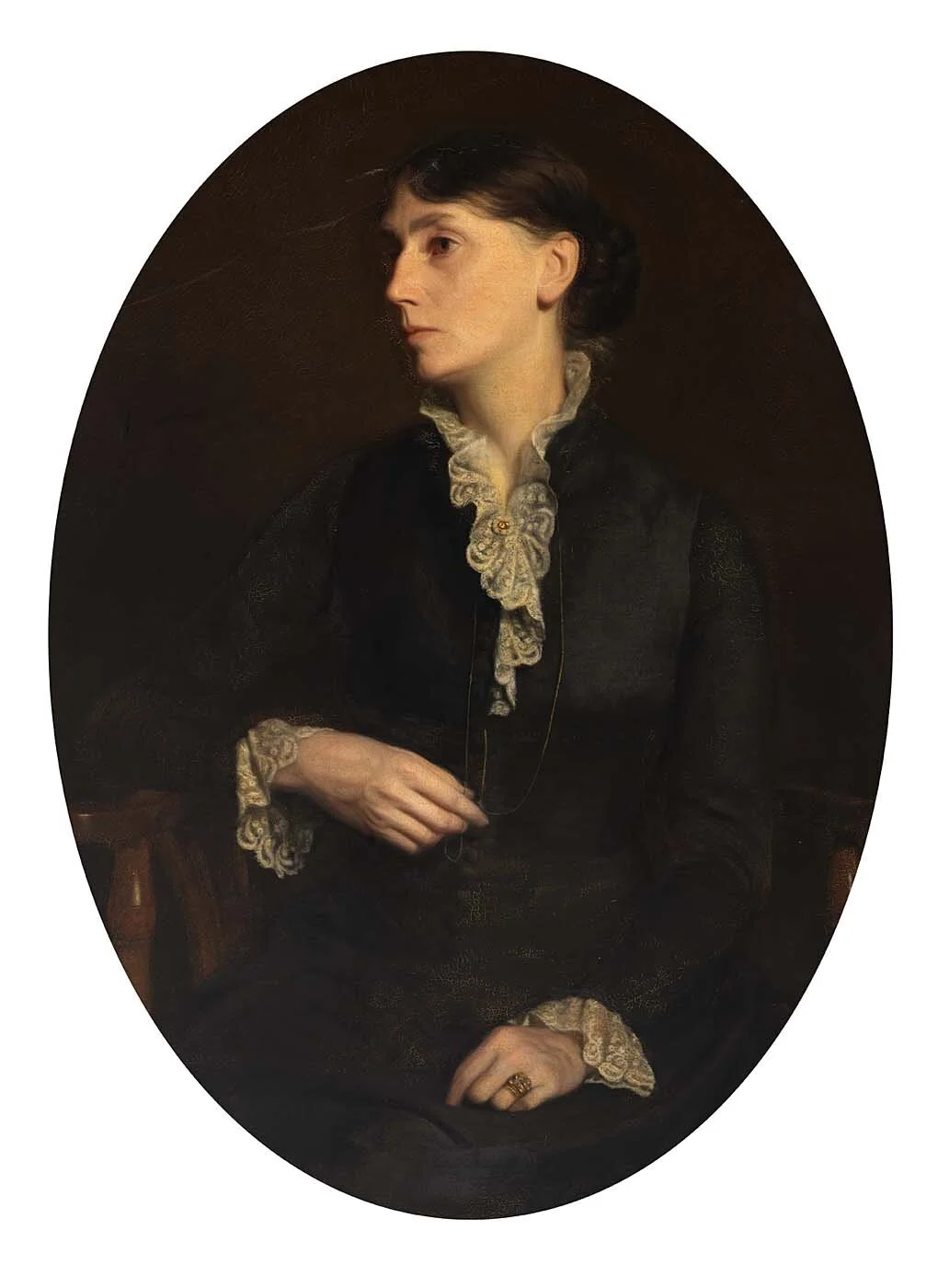Two idealistic young men love the same woman.
For McCarthy, see Novels 059, 163. This one includes, surprisingly, an episode set in a university town in the American midwest.
“There is a delightful variety in Mr. McCarthy’s characters, who are drawn with precision and distinctness, and with a freshness which gives them originality. . . . ‘Dear Lady Disdain’ is never dull; the incidents are well woven into the story; and, though the plot is not intricate, the interest is excellently kept up, and the book is bright and healthy throughout.” Athenaeum, December 4, 1875
“Mr. Justin McCarthy’s new story has much freshness and merit, and marks progress in care and finish. . . . Mr McCarthy deserves one further word of commendation for his American scenes, which are quite free from the exaggeration, caricature, and occasional vulgarity of treatment which writers who could only copy the faults of Mrs. Trollope and Charles Dickens have made too common in ephemeral literature.” Academy, January 29, 1876
A contrasting view:
“Justin McCarthy will write novels no matter what critics advise to the contrary. Very well. There is no literary law against it; it is nowhere recorded that the silkweaver, if he chooses, shall not chop wood. . . . But for all that Justin McCarthy can not write novels. . . . The man appears to have no fancy. As for dramatic power he does not know what it means. In his English there is a monotone like the striking of a board upon a board.” St. Louis Post-Dispatch, January 15, 1875
Download this week’s novel:




















